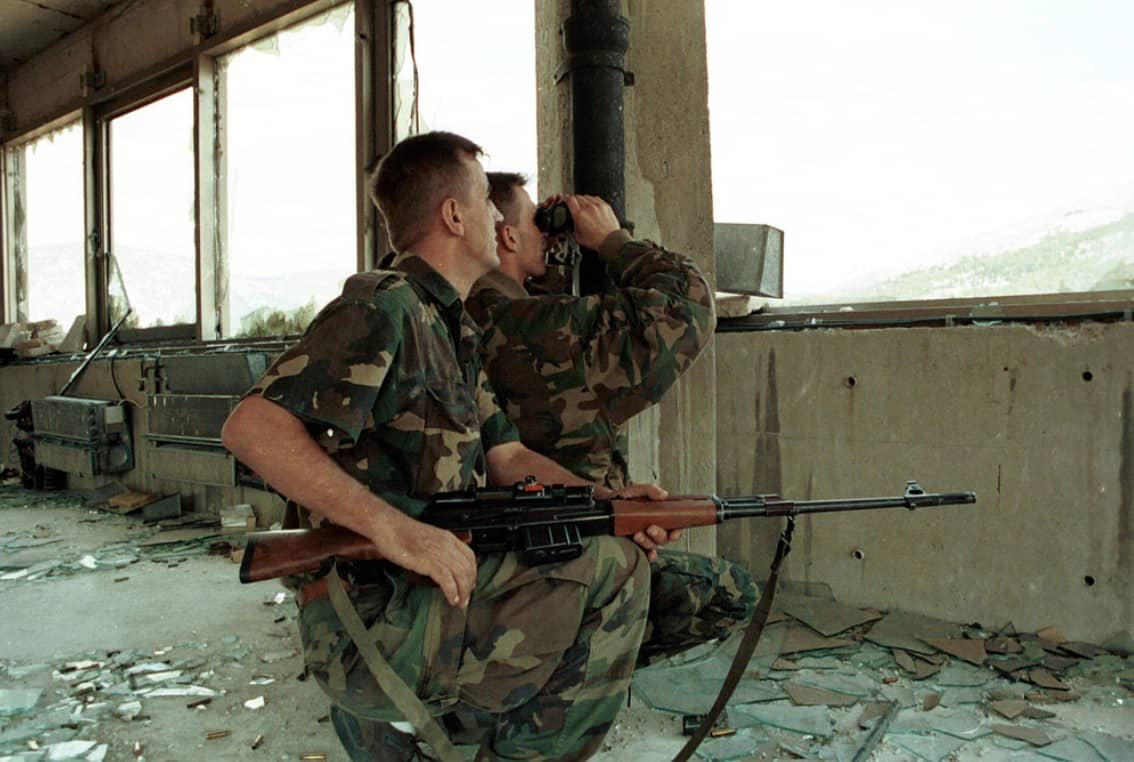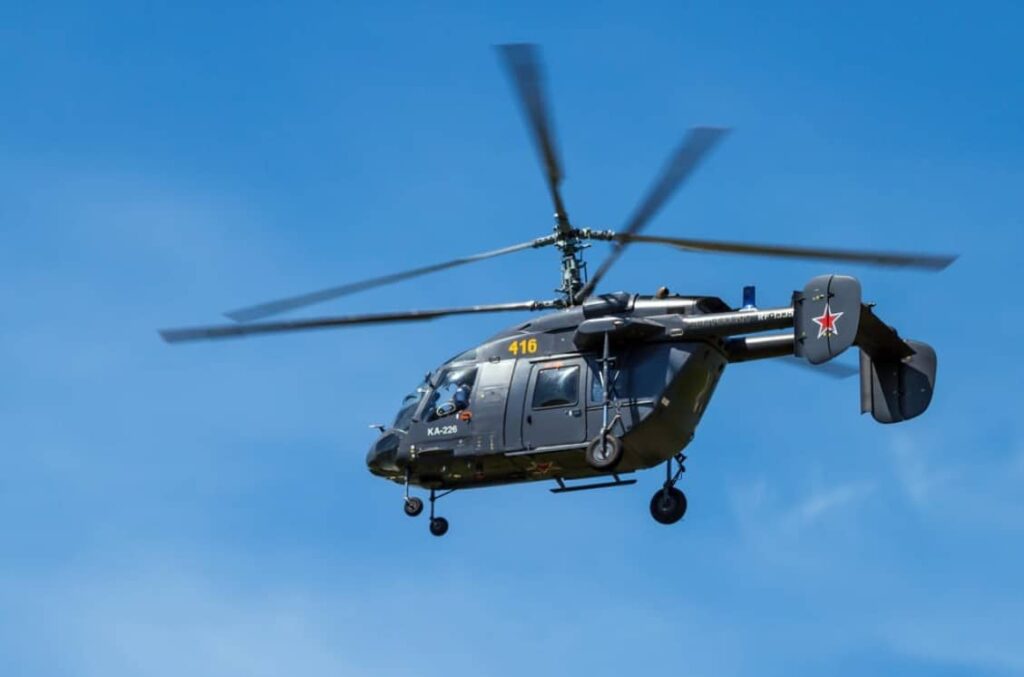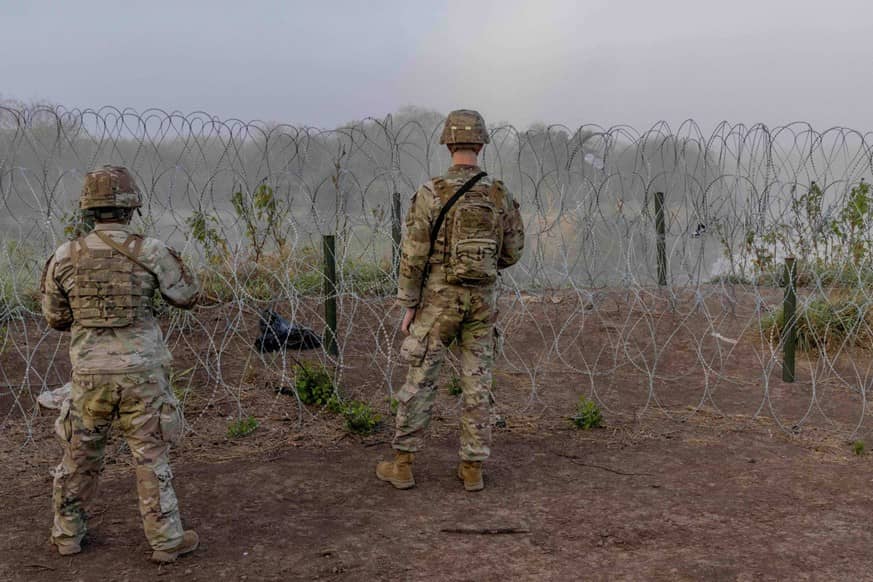Italy Probes Alleged ‘Sniper Tourism’ During Bosnian War

Italian prosecutors have opened a formal investigation into shocking claims that wealthy foreigners paid thousands of pounds to act as “weekend snipers” during the brutal siege of Sarajevo in the 1990s. The probe, centered in Milan, focuses on allegations that individuals from Italy, the United States, Russia, and other nations paid Bosnian Serb forces up to £80,000—equivalent to approximately $92,800—to shoot at civilians in the Bosnian capital during its four-year encirclement.
The accusations paint a disturbing picture of so-called “sniper tourists” who allegedly traveled to the war zone not for ideological reasons, but for thrill-seeking and personal gratification. These individuals, often linked to far-right extremist circles and described as gun enthusiasts, reportedly negotiated fees with Serb militias positioned on the hills surrounding Sarajevo. Higher payments were demanded for targeting more vulnerable or challenging victims, such as children or armed defenders, according to witness testimonies and investigative findings.
The investigation was sparked by Italian writer and researcher Ezio Gavazzeni, who filed a formal complaint after uncovering what he claims is compelling evidence of these transactions. Gavazzeni’s report details how the alleged tourists flew from Trieste, Italy, to Belgrade, Serbia, using the now-defunct Serbian airline Aviogenex, which maintained operations at the Italian airport during the conflict. From Belgrade, they were reportedly transported into the besieged areas controlled by Bosnian Serb forces.
“There were Germans, French, English … people from all Western countries who paid large sums of money to be taken there to shoot civilians,” Gavazzeni stated in interviews. He emphasized the apolitical nature of the participants: “There were no political or religious motivations. They were rich people who went there for fun and personal satisfaction. We are talking about people who love guns who perhaps go to shooting ranges or on safari in Africa.”
Milan prosecutors are now working to identify any Italian nationals involved in these alleged killings. If substantiated, the suspects could face severe charges of “voluntary homicide aggravated by cruelty and abject motives,” a classification that reflects the premeditated and senseless nature of the acts. The probe aims to cross-reference travel records, financial transactions, and survivor accounts to build cases against those implicated.
The siege of Sarajevo, which lasted from April 1992 to February 1996, remains one of the darkest chapters of the Bosnian War. Bosnian Serb forces, under the command of figures like Ratko Mladić, encircled the city, subjecting its residents to relentless sniper fire and artillery bombardment from elevated positions. More than 10,000 people were killed, including nearly 1,500 children, with snipers accounting for a significant portion of the civilian deaths. Iconic images from the era show residents dashing across exposed intersections, dubbed “sniper alleys,” under constant threat.
While the core allegations center on Sarajevo, the phenomenon of mercenary or thrill-seeking involvement in the Yugoslav conflicts has surfaced in other contexts. Similar claims have occasionally emerged about foreign fighters or opportunists in divided cities like Mostar, though none match the organized, paid “tourism” model described here.
Serbian authorities have categorically denied the claims, dismissing them as unsubstantiated and inflammatory. Officials in Belgrade argue that no evidence supports the existence of such a program and suggest the accusations may be part of broader historical revisionism.
Gavazzeni’s research draws from interviews with former Bosnian Serb soldiers, local fixers, and survivors who claim to have witnessed or facilitated the arrivals. He alleges that the payments were structured like perverse safaris, with guides providing weapons, positions, and even scorekeeping. The tourists, often staying only for weekends, would return home with stories or trophies, blending into civilian life.
The Milan investigation represents a rare attempt to pursue accountability for peripheral actors in the Bosnian genocide decades after the Dayton Accords ended the fighting in 1995. International tribunals like the ICTY focused primarily on military and political leaders, leaving many lower-level enablers unprosecuted.
As prosecutors dig deeper, the case raises profound questions about the commodification of human suffering and the lengths to which wealth and boredom can drive depravity. For the survivors of Sarajevo, who still bear physical and psychological scars, any measure of justice—even delayed—offers a glimmer of closure in a war that claimed over 100,000 lives across Bosnia.
The probe continues, with Italian authorities collaborating with Bosnian counterparts and international databases. Whether it leads to arrests remains uncertain, but it has reignited global attention on the hidden cruelties that thrived in the shadows of one of Europe’s bloodiest post-World War II conflicts.












